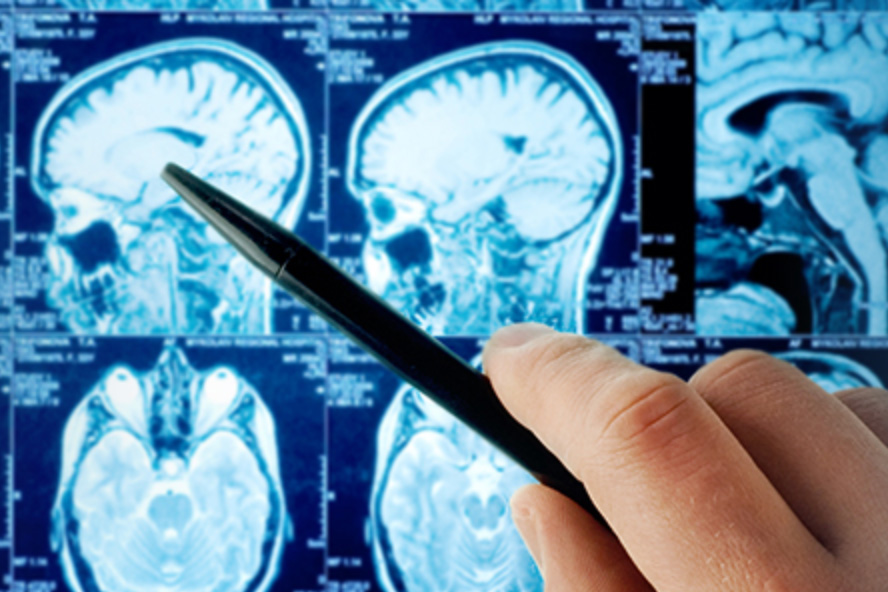Course review: Brain imaging for rehabilitation clinicians

What was the course about?
It was a two-day intensive immersion into:
- neuroanatomy
- orienteering in the brain based on brain images
- the physics of brain imaging
- identifying and understanding brain scan types
- Practical sessions, looking at real brain scans to identify pathology and the impact on clients from brain scans.
Why did I go?
I decided to take this course because I have always felt my neuroanatomy and neuropathology skills were lacking. It’s been a long time since my neurology lectures as an undergraduate. Now that I am an experienced, practising neurorehabilitation clinician, I felt it offered an opportunity to develop a deeper understanding of this vital aspect of our profession. I chose this course because it was presented by a neuro-rehabilitation, allied health clinician. It also came with glowing reviews.
A little bit more about the presenter:
Dr Ettie Ben-Shabat is a physiotherapist with a 360o, inside-out understanding of neuroanatomy and neuropathology. Her hand gestures as she spoke about anatomy showed she knows EXACTLY where everything is, but in the words of a daytime T.V. commercial, “ that’s not all.” Ettie is a practising rehabilitation physiotherapist, which means her base skill set is providing rehabilitation to clients. In other words, she has practical skills outside the radiology department. The result is mastery of neuroanatomy and neuropathology from both a top-down and bottom-up perspective. Ettie has the capacity to interpret the scans and understand the implications for rehabilitation in the real world. Her skills are not confined to the physiotherapist’s mainstay, physical rehabilitation. Her understanding of neuropathology extends to memory, mood, cognitive and communication and more. It was frightening to watch and listen to her, in the best possible way.
Ettie is a natural, gifted educator who demonstrates a passion for imparting knowledge. She showed genuine excitement as the penny slowly dropped for us participants and moments of epiphany were reached.
Who attended?
The course I attended was made up of Neuropsychologists, an OT and Speech Pathologists. It was a small group of about 20 participants, meaning there was nowhere to hide, which I wanted to do as I struggled to get my head around the early neuroanatomy section. But I reminded myself this wasn’t a test and that I was attending because I wanted to improve my neuroanatomy and neuropathology skills. With my anxiety about my neuroanatomy shortcomings in check, I was able to see the small size of the course for the opportunity it represented: an intimate learning environment with great potential for tailored, individual learning.
What did we learn?
At the beginning of the course, Ettie said something like: “Radiologists are not trying to ascertain the information from a brain scan that we, as rehabilitation clinicians, want to know. Their jobs are different and so is the information they are reporting on from a scan. That is why you need to learn to read the scans yourself.” Insert the first epiphany of the course here. Ettie was much more profound and succinct, but you get the idea.
Using real scans participants had brought along, by the end of the course we were all attempting to identify:
- What types of scans we were looking at
- Which part of the brain we were looking at (what slice of brain, in what orientation)
- What the pathology was (based on the way it looked in different scans)
- The size of the pathology (based on how many slices were impacted)
- What issues we might expect to see in our assessments as a result of the pathology we identified.
Were we successful at answering these questions? Some of the time. But before the course if you had told me I’d even be attempting to answer these questions I would have laughed at you.
This course was awesome. While I didn’t understand anywhere near all of it, I did feel confident that I could return to the extensive resources we were given to attempt to understand scans and their implications for my real-life clients. I could do the same course multiple times and still learn new information each time as my skills continue to grow.
To find out more, go to https://brainrehabilitation.org/
 Rehab Connection
Rehab Connection 